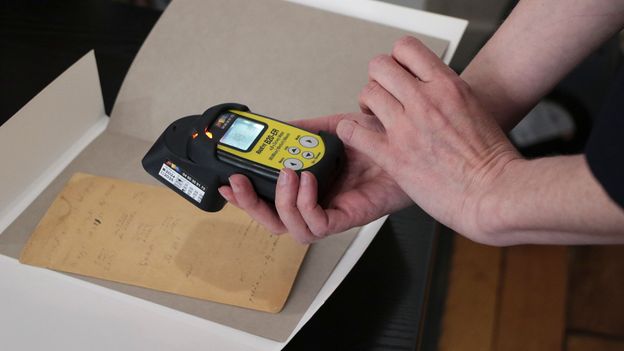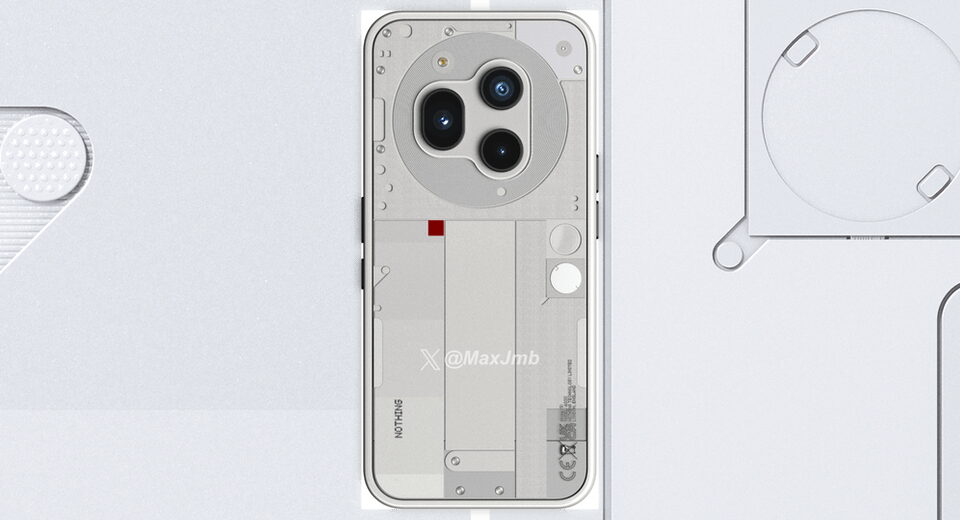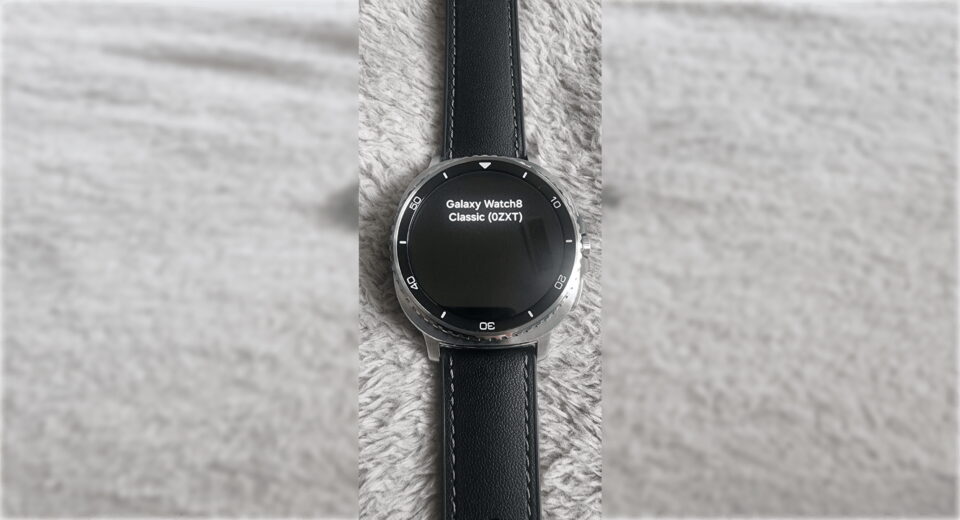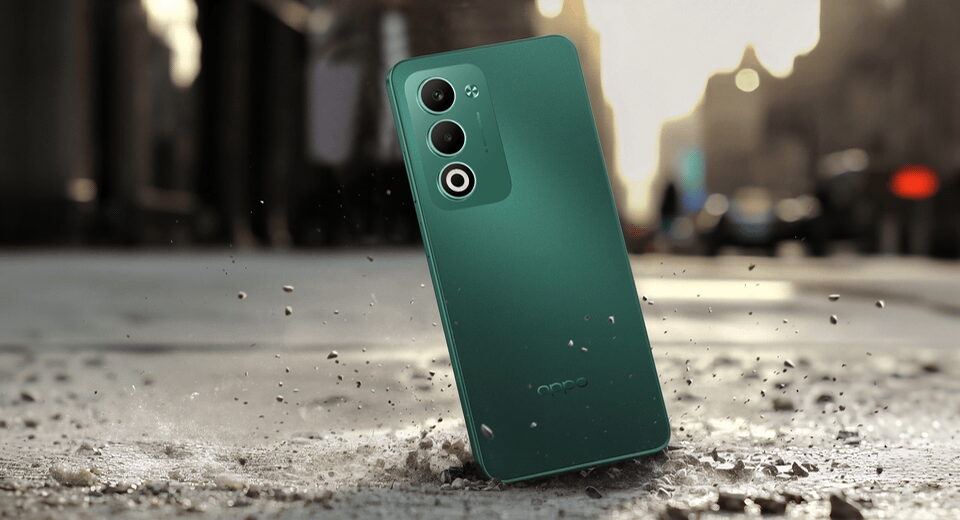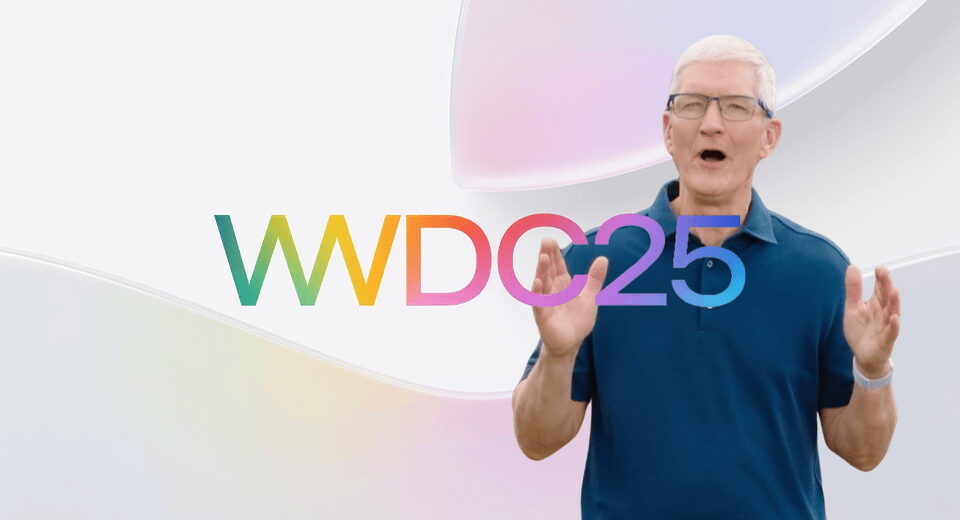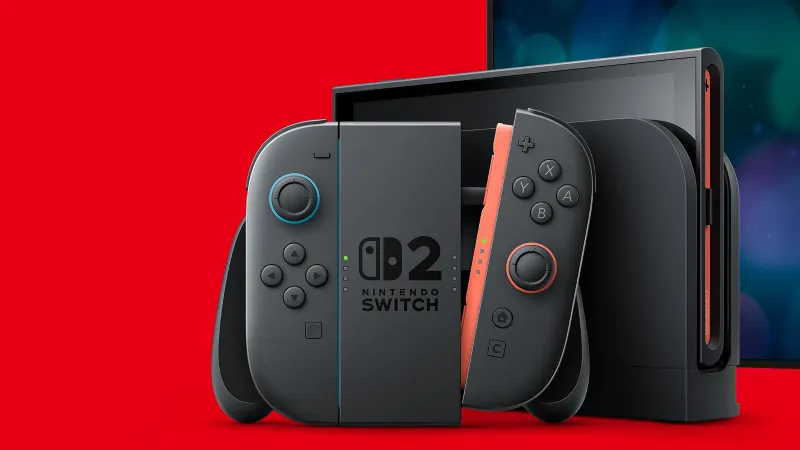Snap plans to sell lightweight, consumer AR glasses in 2026


Snap is back with a new pair of AR smart glasses, and for the first time in years, it’s ready to sell them to consumers.
The company plans to sell these new glasses, called Specs, to consumers starting in 2026, CEO Evan Spiegel announced on Tuesday during the Augmented World Expo in Long Beach, California. A Snap spokesperson tells TechCrunch the glasses will ship in 2026, as well.
Snap’s Specs will feature many of the same augmented reality and artificial intelligence capabilities that are available on the company’s developer-facing smart glasses, the Spectacles 5. However, the company says the Specs will be smaller and lighter — ideally making them more innocuous to wear in public than their extremely large predecessors.
The Specs will feature see-through lenses capable of displaying graphics to users as if they were projected on the world in front of them. The glasses will also feature an AI assistant powered by Snap’s technology, capable of processing both audio and video.
The Specs announcement comes nearly a decade after Snap first attempted to sell consumer smart glasses with the initial launch of Spectacles in 2016 — a product that ended up selling poorly. While Snap was ahead of its time then, the company now faces fierce competition in the AR glasses market from giants like Meta and Google that have recently unveiled AR products of their own.
Meta reportedly plans to unveil glasses with a built-in screen, codenamed “Hypernova,” later in 2025. Meanwhile, Google recently announced partnerships with Warby Parker, Samsung, and other companies to develop its Android XR smart glasses.
Snap is hoping its SnapOS developer ecosystem — which the company has spent the last several years building out — will give it an edge in the AR race. Many of the millions of AR experiences developers have built for Snapchat and Spectacles, called Lenses, will also work on the new Specs, the company said.
Onstage, Spiegel showcased a few of these lenses. One of them, “Super Travel,” will translate signs and menus for users in foreign countries. Another app Spiegel showcased, “Cookmate,” finds recipes based on available ingredients in a user’s kitchen, and then offers step-by-step cooking guidance.
Companies have been demoing these use cases in AR for years, but have struggled to deliver a pair of smart glasses that are capable, affordable, and comfortable enough to give everyday consumers a taste of AR. Snap seems to believe it’s done just that with Specs, but several details are still unclear.
Snap did not reveal on Tuesday how much the Specs will cost, how it plans to sell the glasses, or what exactly they’ll look like.
Snap also announced several developer updates to beef up its SnapOS platform. Developers can now build apps powered by multimodal AI models from OpenAI and Google DeepMind. To enable more AI apps, the company announced a “Depth Module API” that will anchor AR graphics from large language models in three-dimensional space.
In the future, Snap says it will be partnering with Niantic Spatial, the company that spun off from the creator of Pokémon Go, to build AI-powered maps of the world.
Whether all of these efforts will translate into a pair of smart glasses that consumers will truly want to buy remains to be seen. While Meta has found early success with Ray-Ban Meta, it seems likely that Snap’s Specs will be significantly more expensive. To get consumers on board, Snap may have to turn AR glasses from something novel into a practical device.
What's Your Reaction?
 Like
0
Like
0
 Dislike
0
Dislike
0
 Love
0
Love
0
 Funny
0
Funny
0
 Angry
0
Angry
0
 Sad
0
Sad
0
 Wow
0
Wow
0
